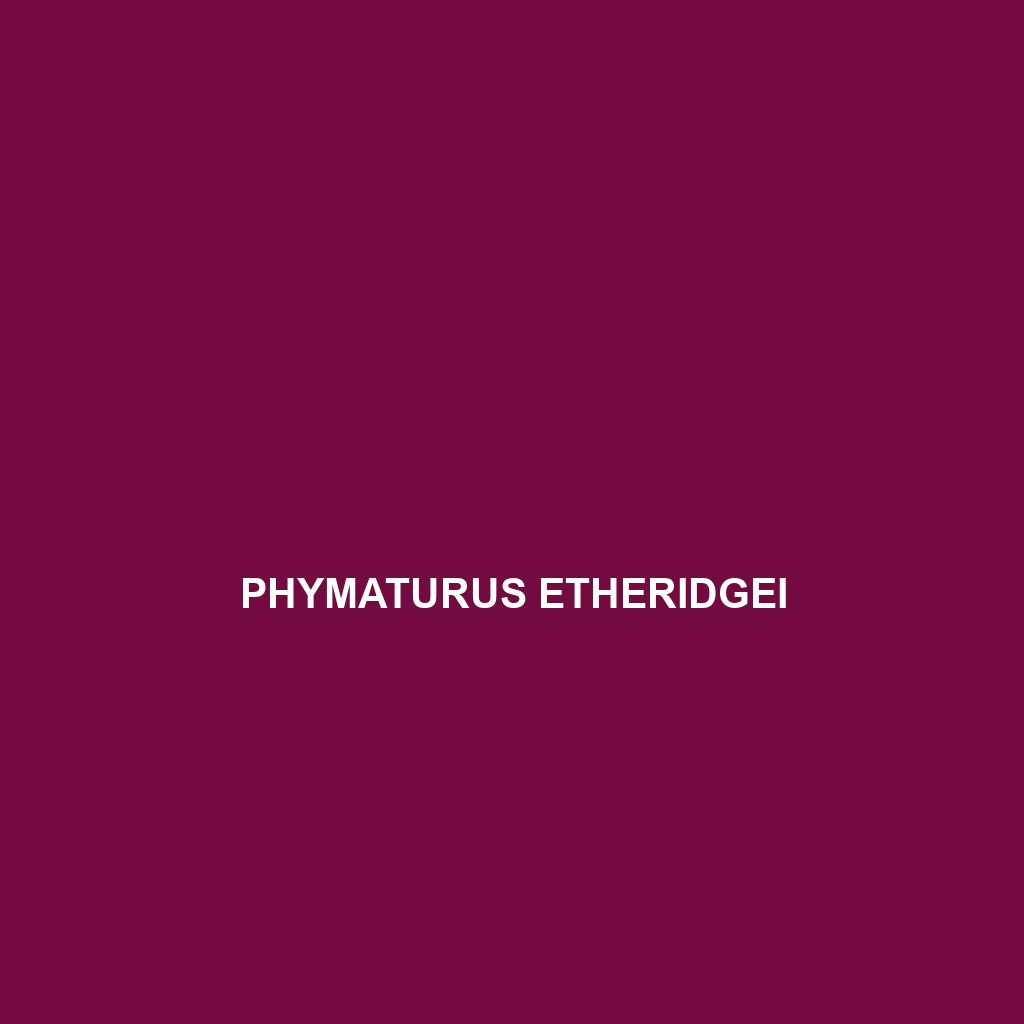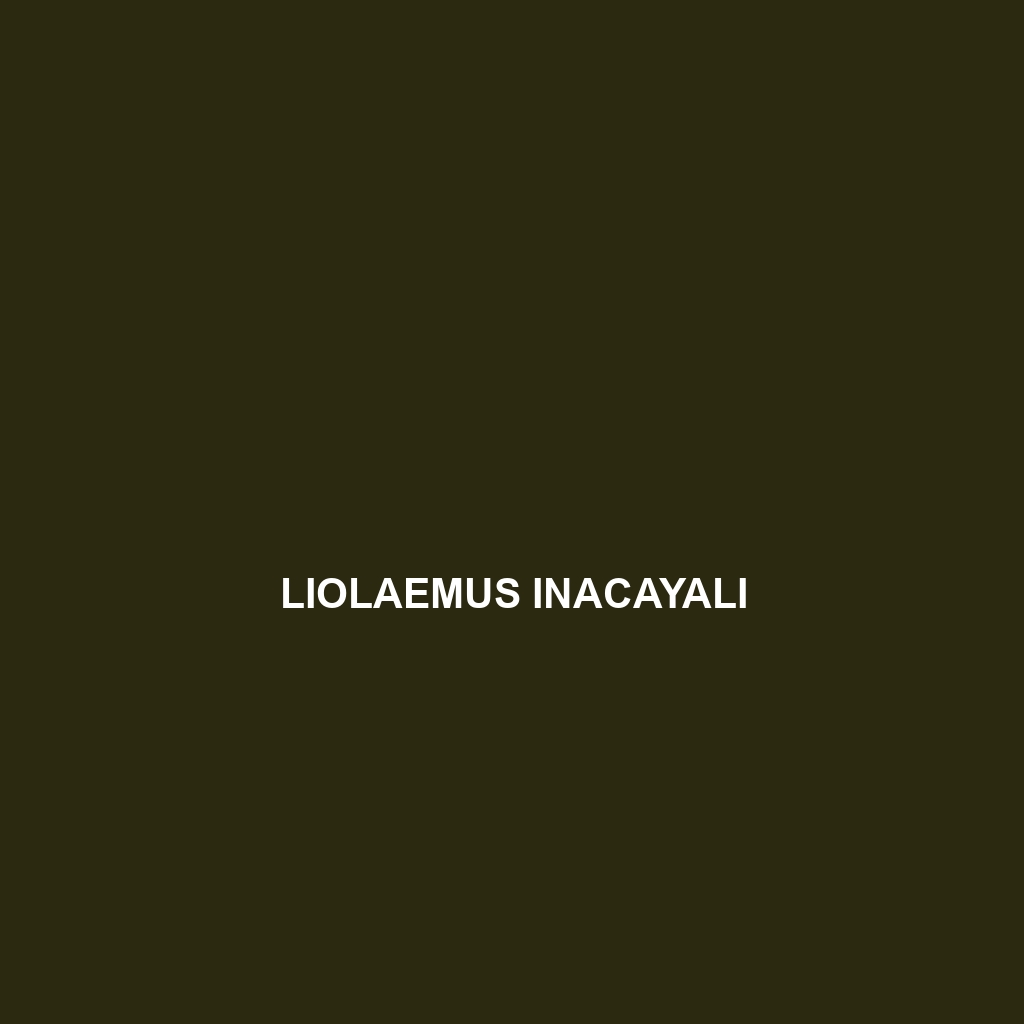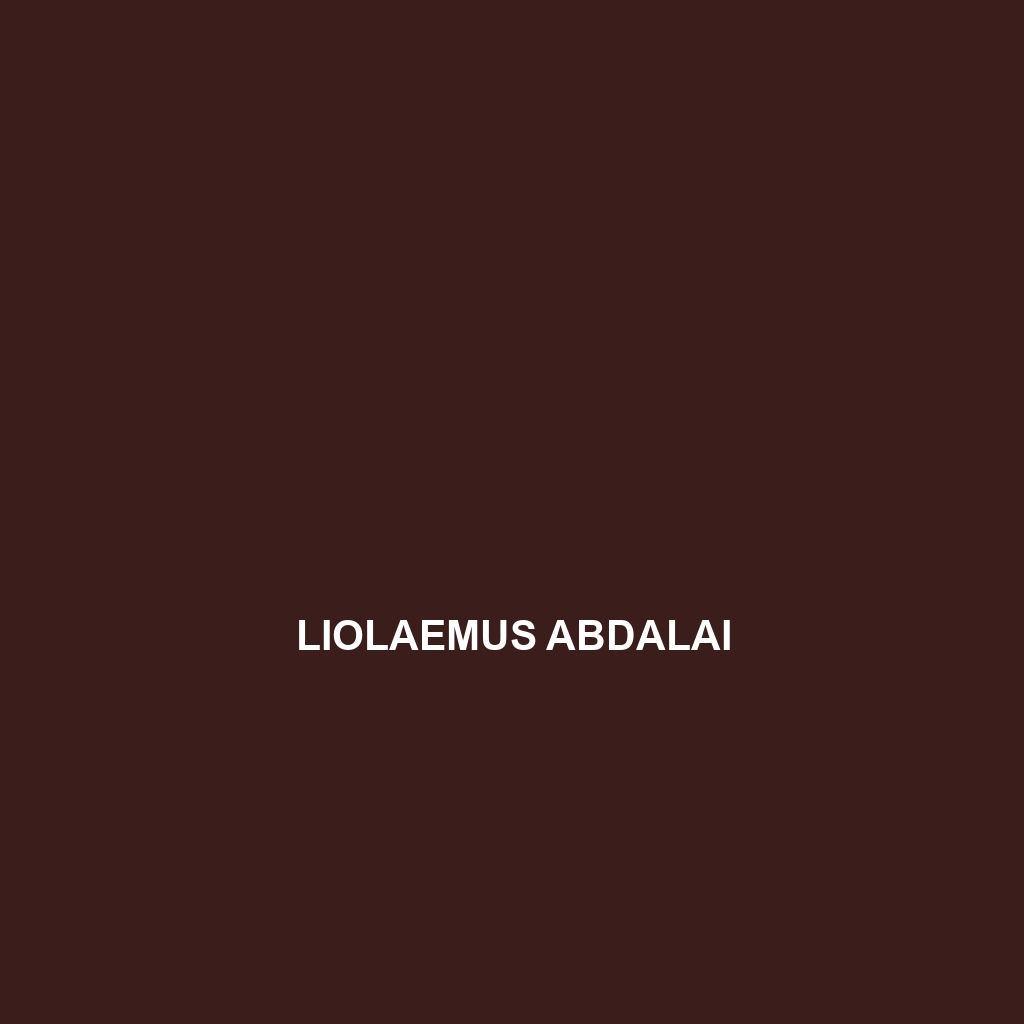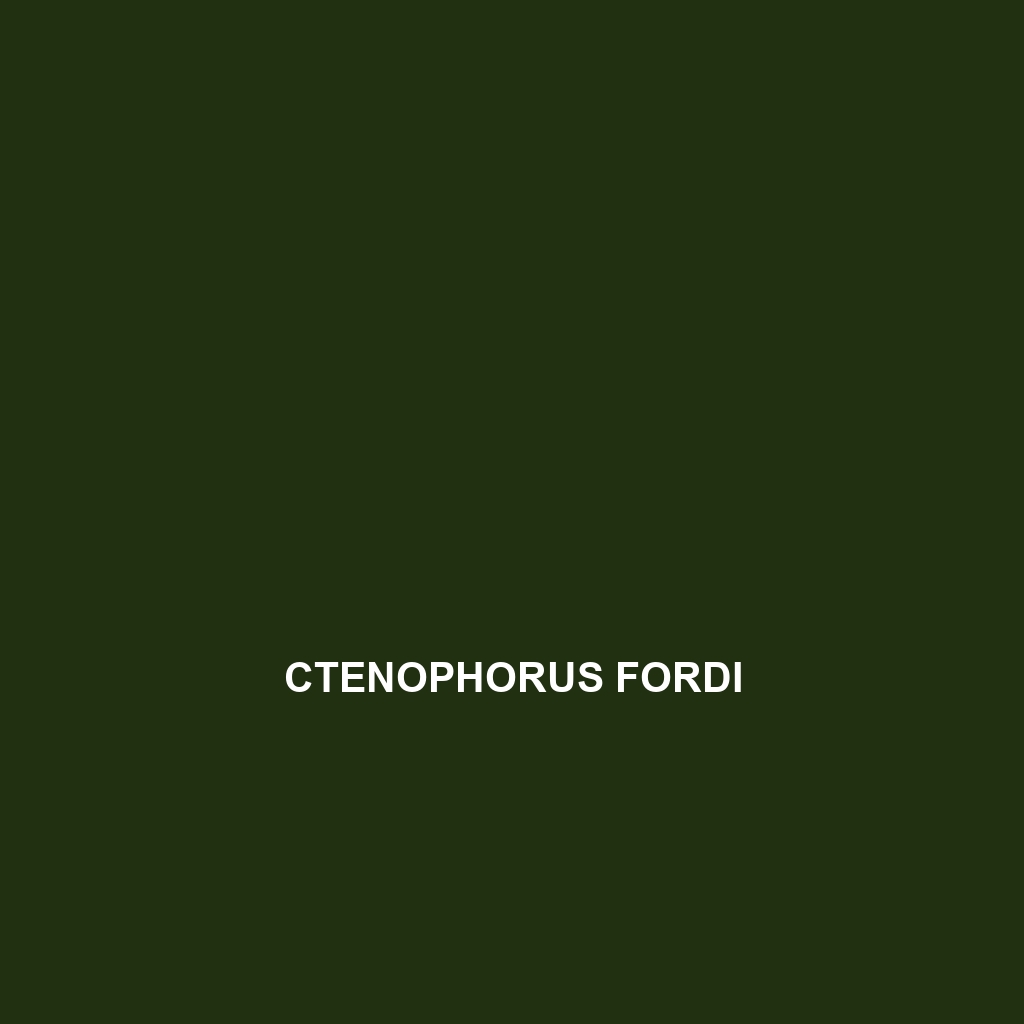<b>Phymaturus etheridgei</b>, also known as Etheridge's lizard, is a vulnerable species native to the rocky shrublands of Patagonia, Argentina. Characterized by its robust body, unique camouflage, and strategic insectivorous diet, it plays a crucial role in controlling insect populations and maintaining ecological balance in its habitat.
Tag: rocky habitat lizards
Liolaemus robertmertensi
<b>Liolaemus robertmertensi</b> is a vulnerable lizard species native to the mountainous and arid regions of Chile and Argentina, notable for its compact body, vibrant coloration, and unique behaviors, including diurnal activity and parental care. Primarily an insectivore, it plays a crucial role in its ecosystem by controlling insect populations and contributing to the food web dynamics.
Liolaemus inacayali
The Liolaemus inacayali, also known as the Inacayali lizard, is a vulnerable species native to the temperate forests and grasslands of Argentina's Andes, characterized by its elongated body, vibrant dewlap, and insectivorous diet. This diurnal lizard exhibits unique adaptations for survival in harsh climates, including burrowing behaviors and incredible camouflage capabilities.
Liolaemus abdalai
Introducing the Liolaemus abdalai, a captivating lizard native to the arid Atacama Desert in central Chile. Measuring 12 to 15 centimeters in length, it boasts a robust build and a unique coloration that allows it to blend seamlessly into its rocky habitat while playing a vital role in the ecosystem as both predator and prey.
Laudakia sacra
<b>Laudakia sacra</b>, also known as the Afghan rock agama, is a resilient lizard native to the arid regions of Central Asia, characterized by its distinct brown or gray coloration, elongated body, and fascinating social behaviors. Predominantly insectivorous, these lizards play a vital role in their ecosystem by regulating insect populations while serving as prey for larger predators.
Gallotia stehlini
<b>Gallotia stehlini</b>, also known as the La Gomera lizard, is an endangered species native to the rocky habitats of the Canary Islands, measuring 25 to 35 cm in length with vibrant coloration and a diverse herbivorous diet. This diurnal lizard plays a crucial role in its ecosystem, aiding in seed dispersal and serving as prey for local predators.
Darevskia schaekeli
Darevskia schaekeli, or Caucasian rock lizard, a vibrant and diurnal species native to the rocky slopes of the Greater Caucasus, characterized by its smooth body, keen eyesight, and varied coloration. This Vulnerable lizard thrives in sunlight-rich habitats, playing a crucial role in ecosystem balance through its diet of invertebrates and its adaptability, including the ability to regenerate its tail.
Darevskia raddei
Darevskia raddei, commonly known as Radde's Lizard, is a small to medium-sized lizard found in the mountainous regions of Central Asia, primarily in Georgia and Northern Azerbaijan. With a vulnerable conservation status, it plays a crucial role in its ecosystem by controlling insect populations and serving as prey for larger predators.
Ctenophorus fordi
Ctenophorus fordi, also known as the Centralian rough knob-tail gecko, is a robust species native to the arid regions of Central Australia, characterized by its sandy beige to light brown coloration and diurnal behavior. This gecko plays a vital role in its ecosystem by controlling insect populations and serving as prey for larger predators.
Cnemaspis gotaimbarai
Cnemaspis gotaimbarai: A Species Overview Common Name: Cnemaspis gotaimbarai Scientific Name: Cnemaspis gotaimbarai Habitat Cnemaspis gotaimbarai is primarily found in the tropical forests of the western slopes of the Western Ghats in India. This species thrives in humid, moist environments that provide ample shelter under leaf litter and boulders. It prefers rocky habitats that offer […]









